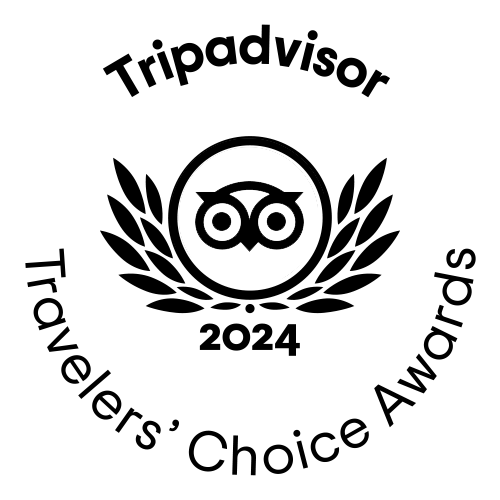Cobá is one of the most important Mayan cities of the Yucatan Peninsula, located in the northwest of the state of Quintana Roo, 45 minutes from Tulum. This pre-Columbian Mayan heritage and its great remains were discovered by a first official expedition in 1882 by the explorer Juan Peón Contreras, which later inspired many archaeologists and researchers to highlight its importance in relation to the different Mayan cities.

Strolling through the lush vegetation of the archaeological site and its 70 km long span, you will retrace the steps of the Maya and their dynamic commercial exchanges through the numerous white roads called "sacbé". These great roads were built to promote trade and connect the various villages. Between goods, building stones, foodstuffs, the Maya crossed these paths to supply the 55 000 inhabitants who occupied the different architectural groups of the city.
Indeed, with its monumental size, Cobá has 4 large architectural groups: Macanxoc, Cobá, Nohoch Mul and Navarrete connected by other small villages on the roads. This Mayan city was built around a network of lakes in order to provide the necessary water supply for all the settlements.

On our Mayan Inland Expedition tour, you will come face to face with the largest pyramid on the entire peninsula, Nohoch Mul, which means Nohoch "big" and Mul "hill".
From the top of its 42 meters, it offers a spectacular view of the jungle. In order to preserve its conservation, it is no longer possible to climb it. But don't be disappointed, the view from below is just as impressive to admire its grandeur and architecture.
In the Cobá tour, you will stop in front of the religious entity of the Mayan city, the church, which in reality is a pyramid, and you will be able to observe that each important village has its own ball field, the famous Mayan sport, which consists of putting the ball with the help of its supports in the ring of the opposing team.

Around the 5th century Cobá also built strong political and commercial relations with other Mayan cities, notably with the centre of Mexico and the Yucatan peninsula, but also with the Peten region in Guatemala and the great archaeological site of Tikal. This is why you will find this Guatemalan influence in the architecture of monuments, temples, engravings, pyramids and villages. However, after its strong development, Cobá is dethroned by the majestic site of Chichén Itza by its political and administrative power.
As you can imagine, visiting the remarkable site of Cobá on foot can be time consuming, which is why there are several options, you can decide to rent bicycles or tricycles in order to explore much of the site.

According to archaeologists, the remains of Cobá have still not been discovered in their entirety. It would seem that the vast, thick jungle still hides some small archaeological secrets with half-excavated buildings emerging from the vines and tree roots.
With the arrival of the Spanish settlers in the 16th century who invaded the entire Yucatan Peninsula, many Mayan tribes fled, moved or were captured by the Spanish conquistadores abandoning their Mayan cities. This is the case of Cobá, which for 300 years was forgotten until the first explorers took an interest and studied the archaeological plans.

The predominant vegetation makes Cobá a pleasant place to visit. You will find many shady spots and you will enjoy a quiet tropical walk in the middle of the jungle to observe the local flora, many tropical birds live in this area because of the predominant vegetation.
Cobá is located 45 minutes from Tulum, you can drive to it by your own car on the main road or we can organize a day trip to visit the archaeological site of Cobá. This experience combines Mayan history and culture, monkey watching in a nature reserve run by a Mayan family, swimming in a cenote and a delicious meal prepared by a Mayan community.







תגובות